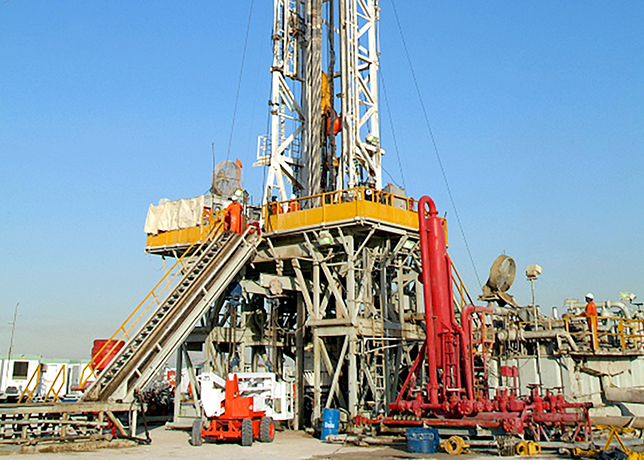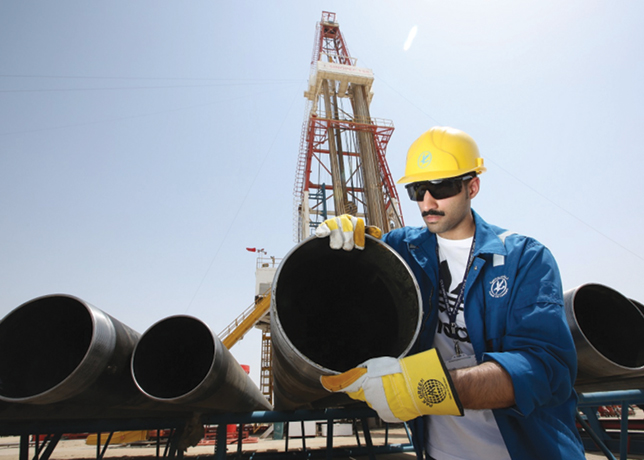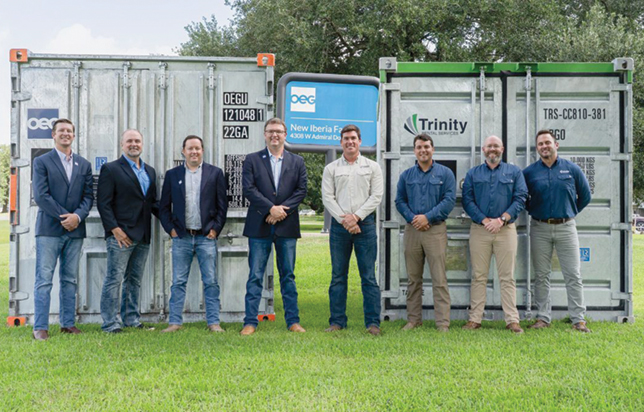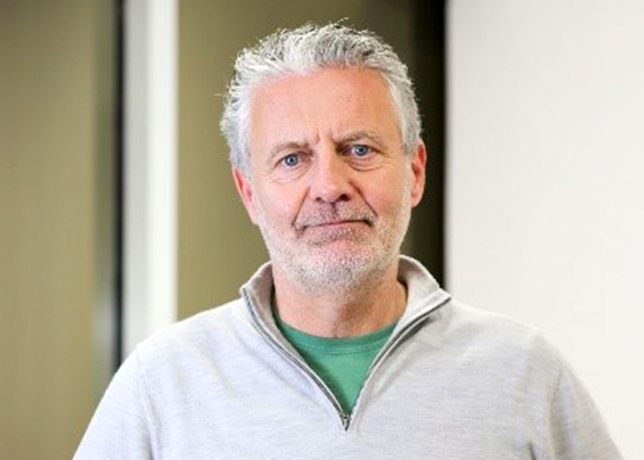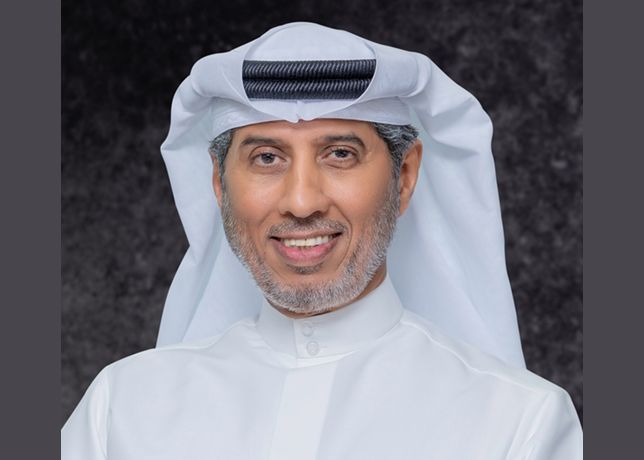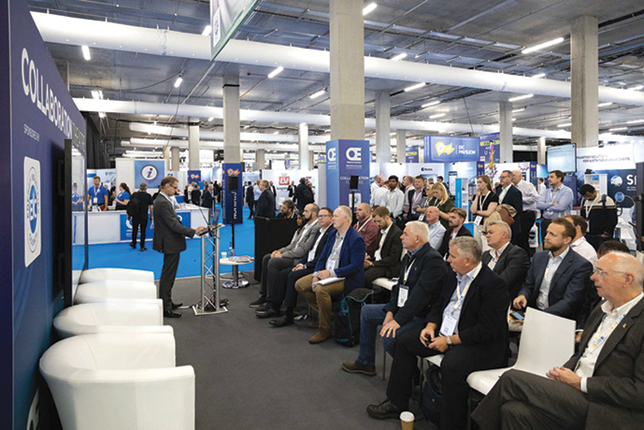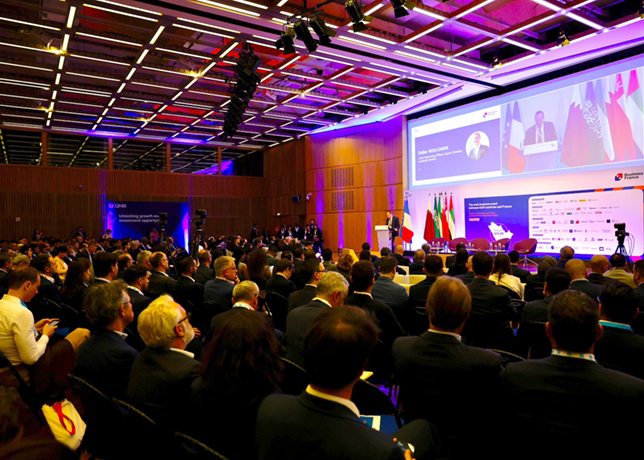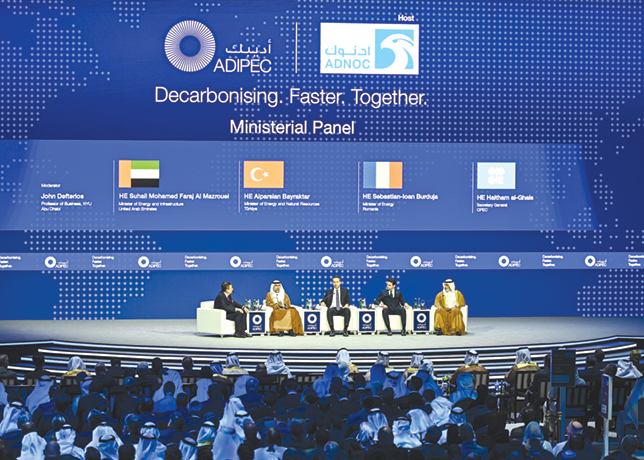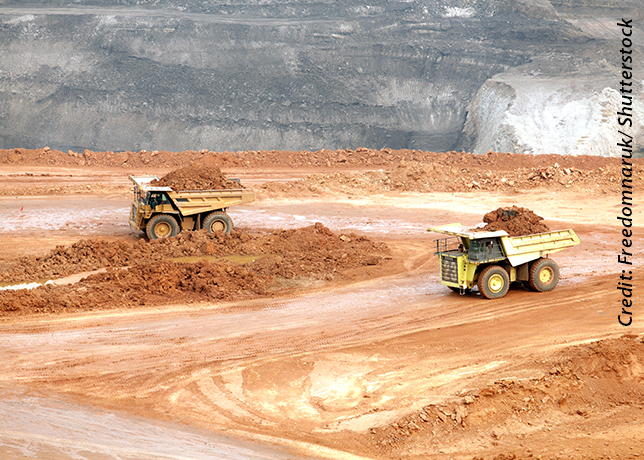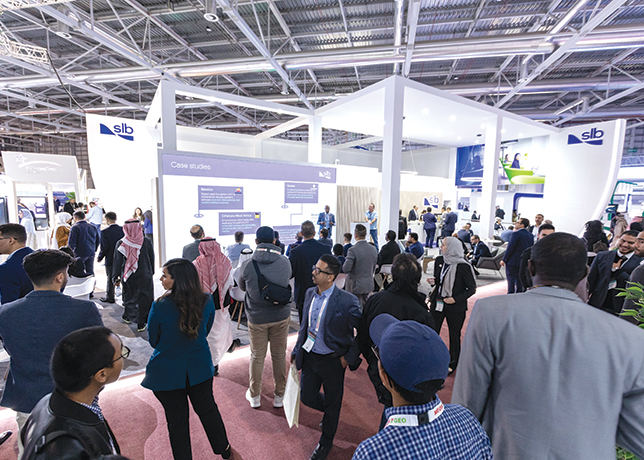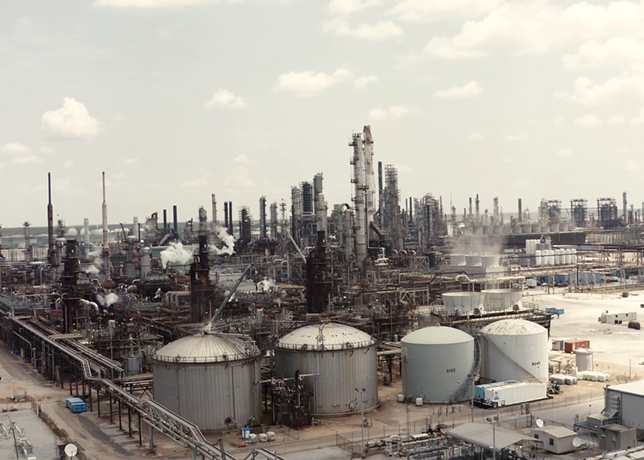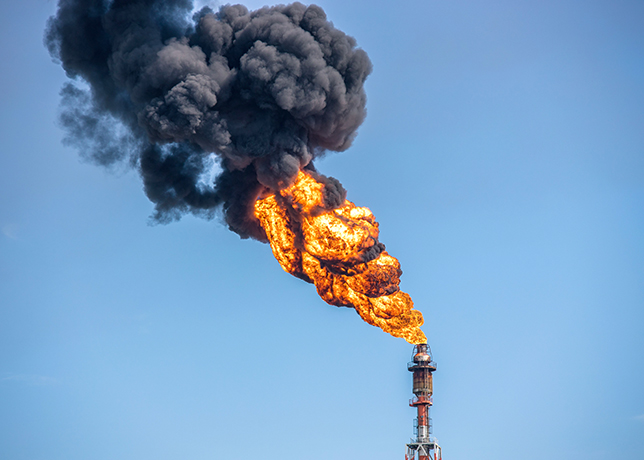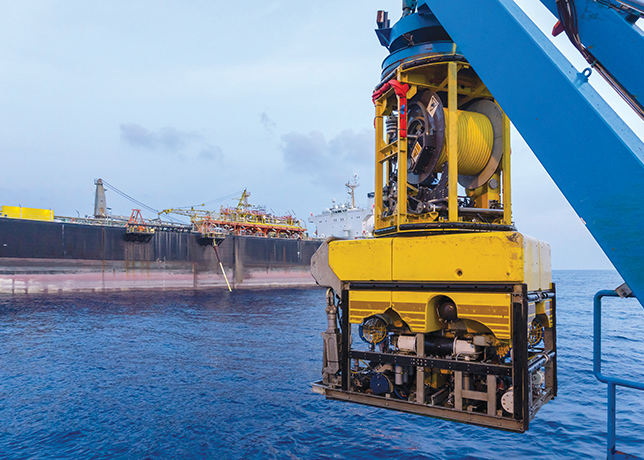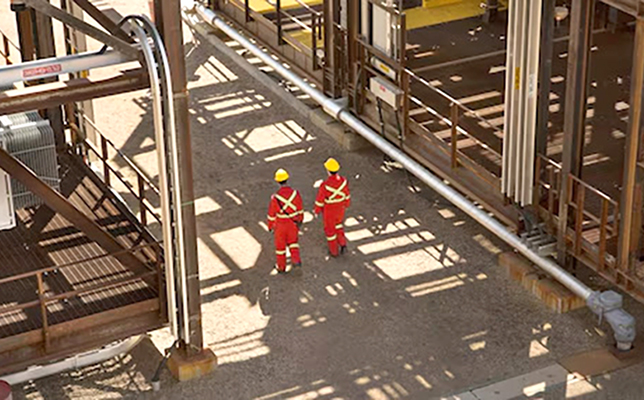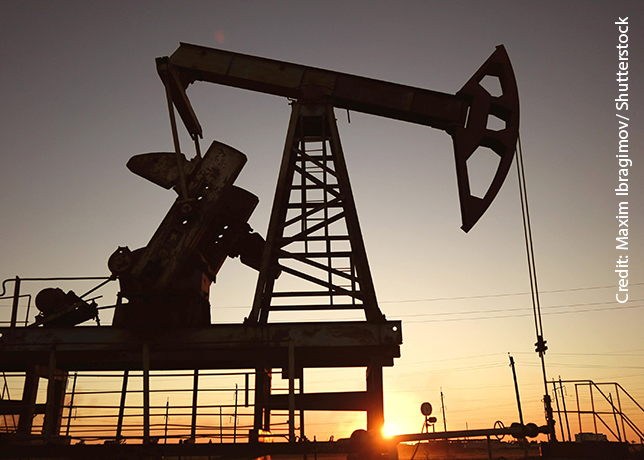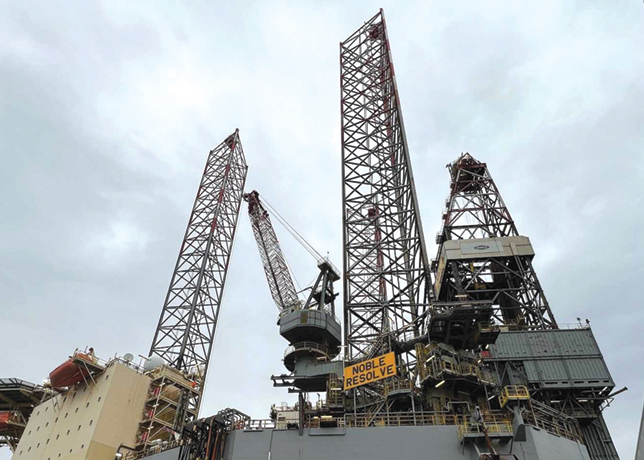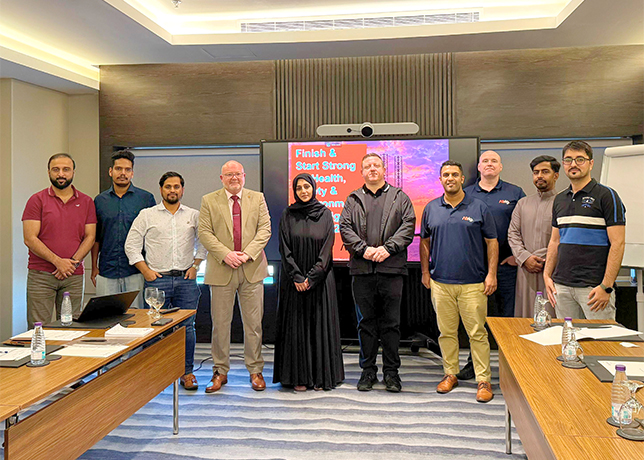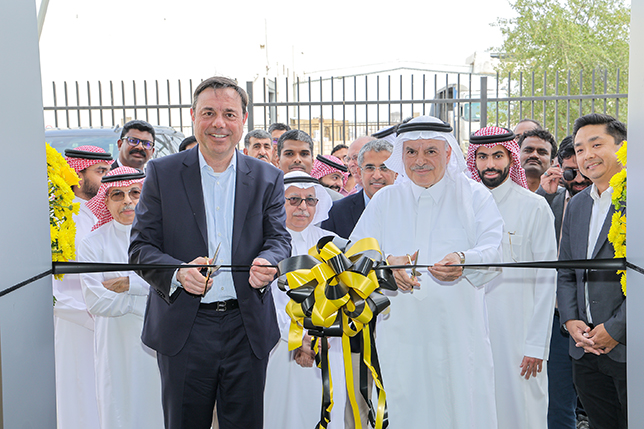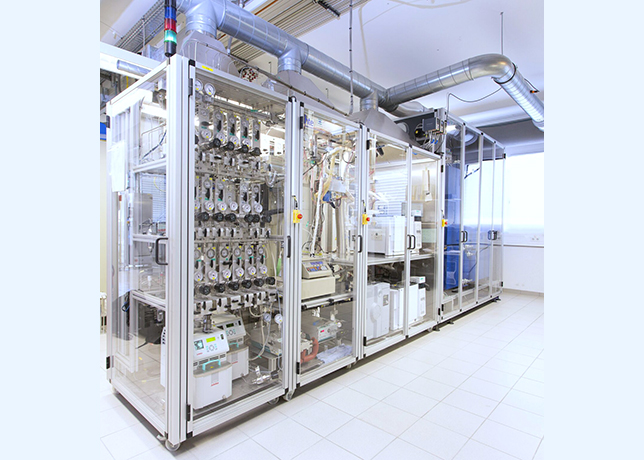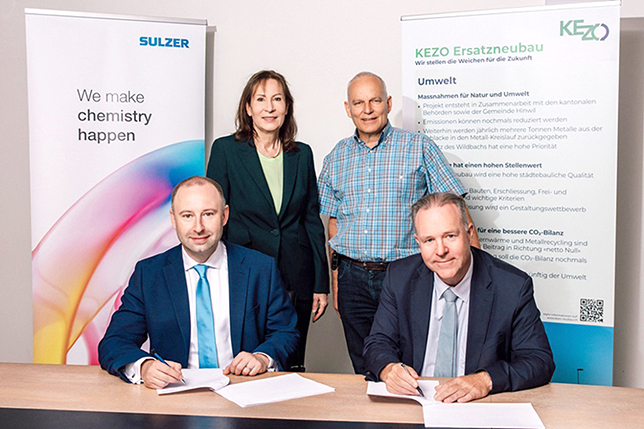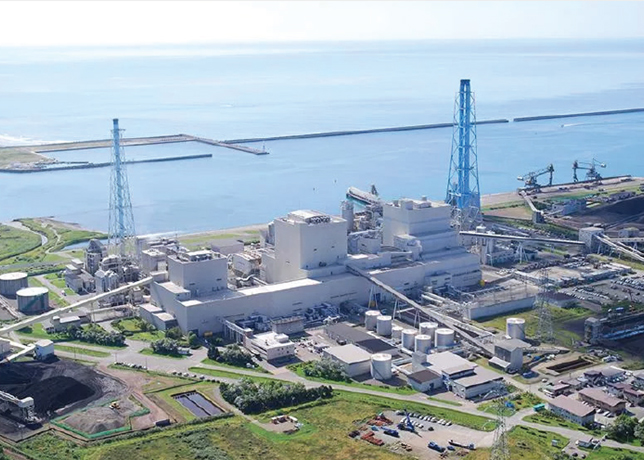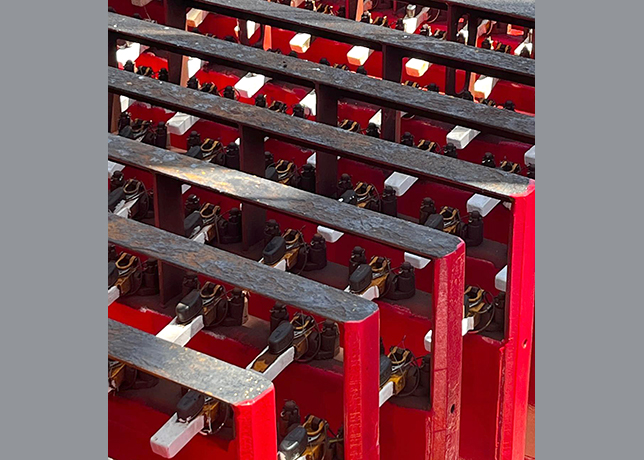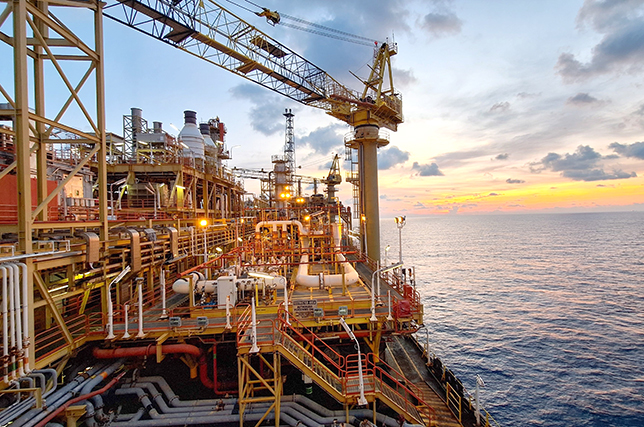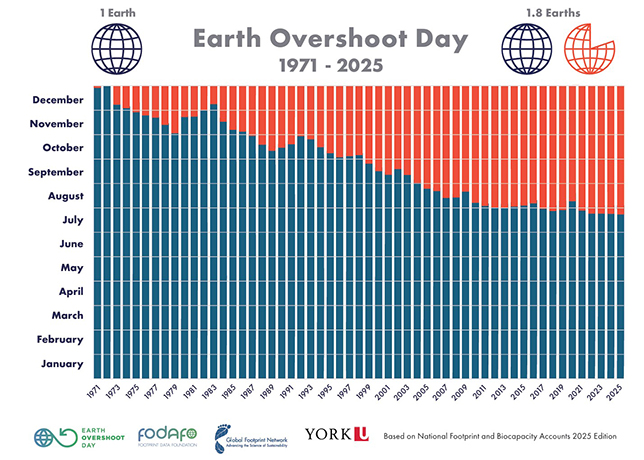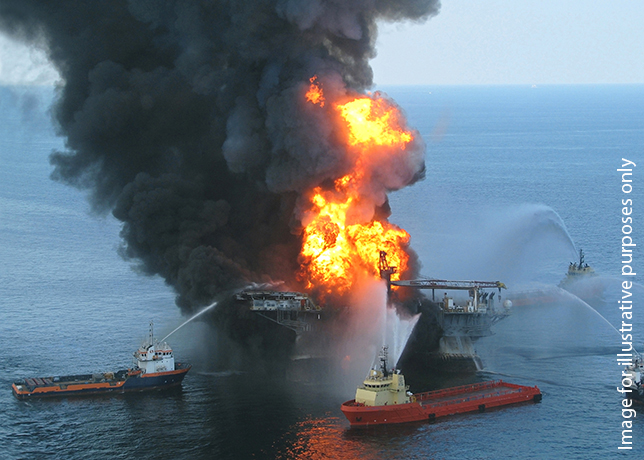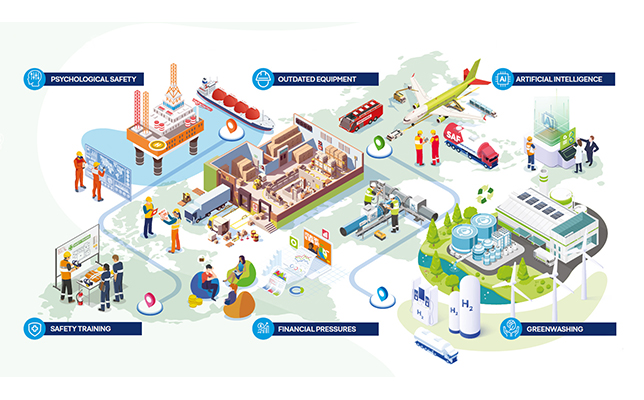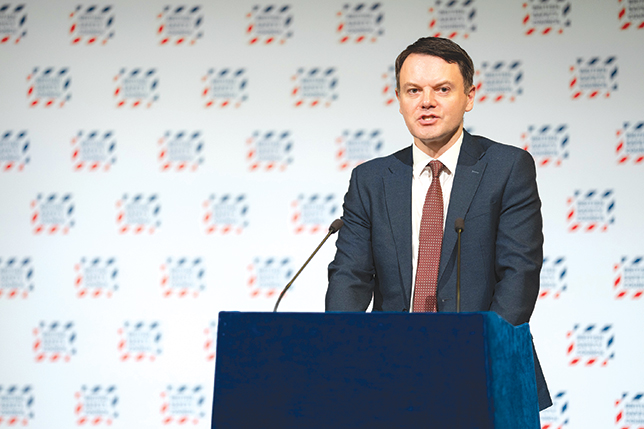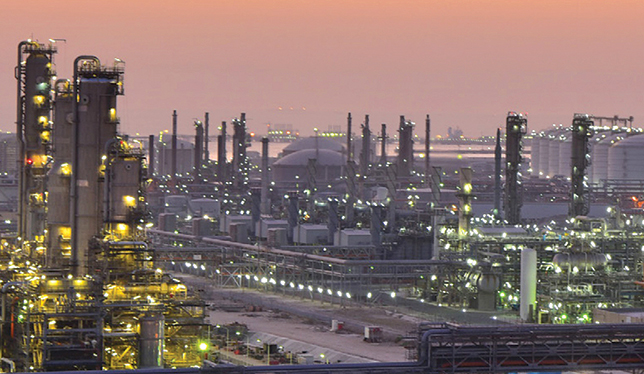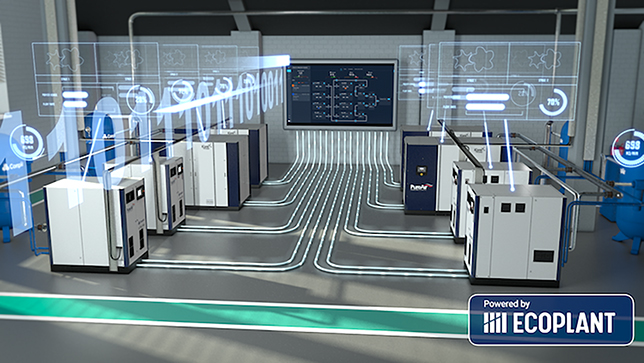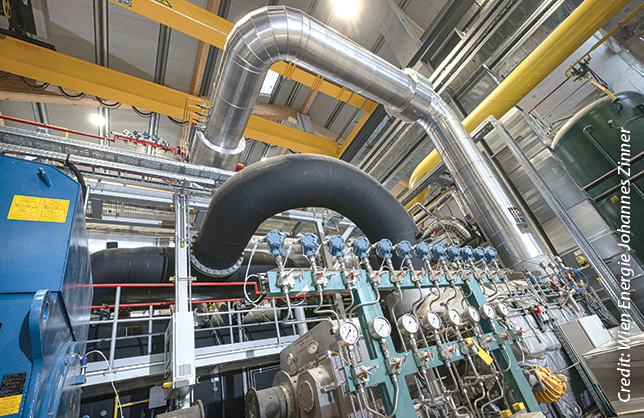
 Qatar to boost LNG output
Qatar to boost LNG output
While the world has enough gas to meet growing global demand, the sector faces big challenges in developing those resources, speakers at the opening ceremony of Gastech 2006 said in Abu Dhabi.
“There is certainly no danger of constraints on supply,” even though various forecasts say that global gas demand will grow anywhere from 1.8 per cent to 3.1 per cent a year to 2020, UAE Energy Minister Mohamed Al Hamli said.
In 1975 global gas reserves were estimated at of 80 trillion cubic metres, he continued.
Last year, after 60 trillion cu m were used in the last 30 years, updated global gas reserves now are estimated at 180 trillion cu m, enough to meet another 65 years of demand at current production levels.
The UAE has proven gas reserves of six trillion cu m, which ranks at fifth in the world, and expects to increase those reserves 30 per cent by the end of 2008.
Qatar’s Minister of Energy Abdullah Al Attiyah agreed that there are enough gas reserves to meet growing demand but having the technology to meet that demand is a great challenge.
Qatar will grow its LNG output from 30 million tonnes this year, which he said the country the world’s largest LNG producer, to 70 million tpy by 2010 or one-tenth of world consumption.
The country is investing in transportation technology, building a series of the biggest LNG carriers in the world. It is also investing in regasification terminals to increase import capacity in the United States and Europe.
While global gas reserves are sufficient to meet growing demand, gas still must compete with other fuels for market share, the chairman and CEO of US ConocoPhillips Jim Mulva said.
The International Energy Agency recently predicted that global gas demand would equal global coal demand by 2030. LNG must be able to compete with domestic coal supplies in consuming countries.
But higher gas prices and higher gas reserve development costs are great concerns that could dampen gas demand growth, Mulva said.
If costs continue on the current trajectory the industry is unlikely to capture expected gas demand from China and India.
The LNG sector also suffers from “huge stress” on cement and steel production resources globally, he said.
There are two solutions to the capital cost problem - improved technology and project integration. Mulva said.
On the upstream technology side, companies need to use advanced drilling techniques such as directional drilling.
Project integration is especially important for larger projects, where the costs are enormous and there’s a danger of them slipping behind schedule, he said.


